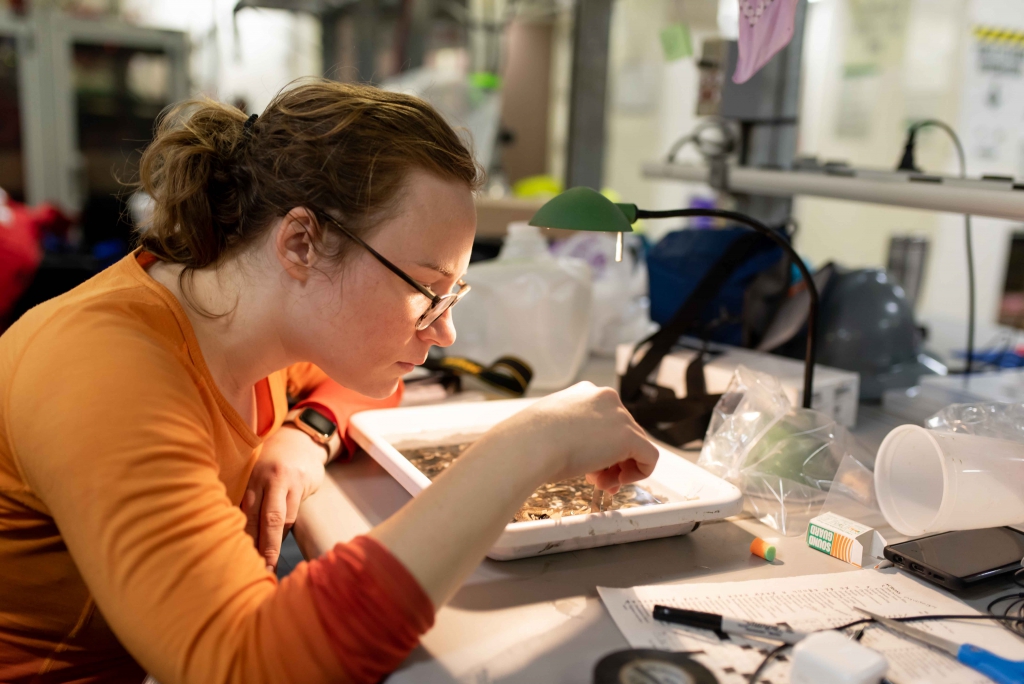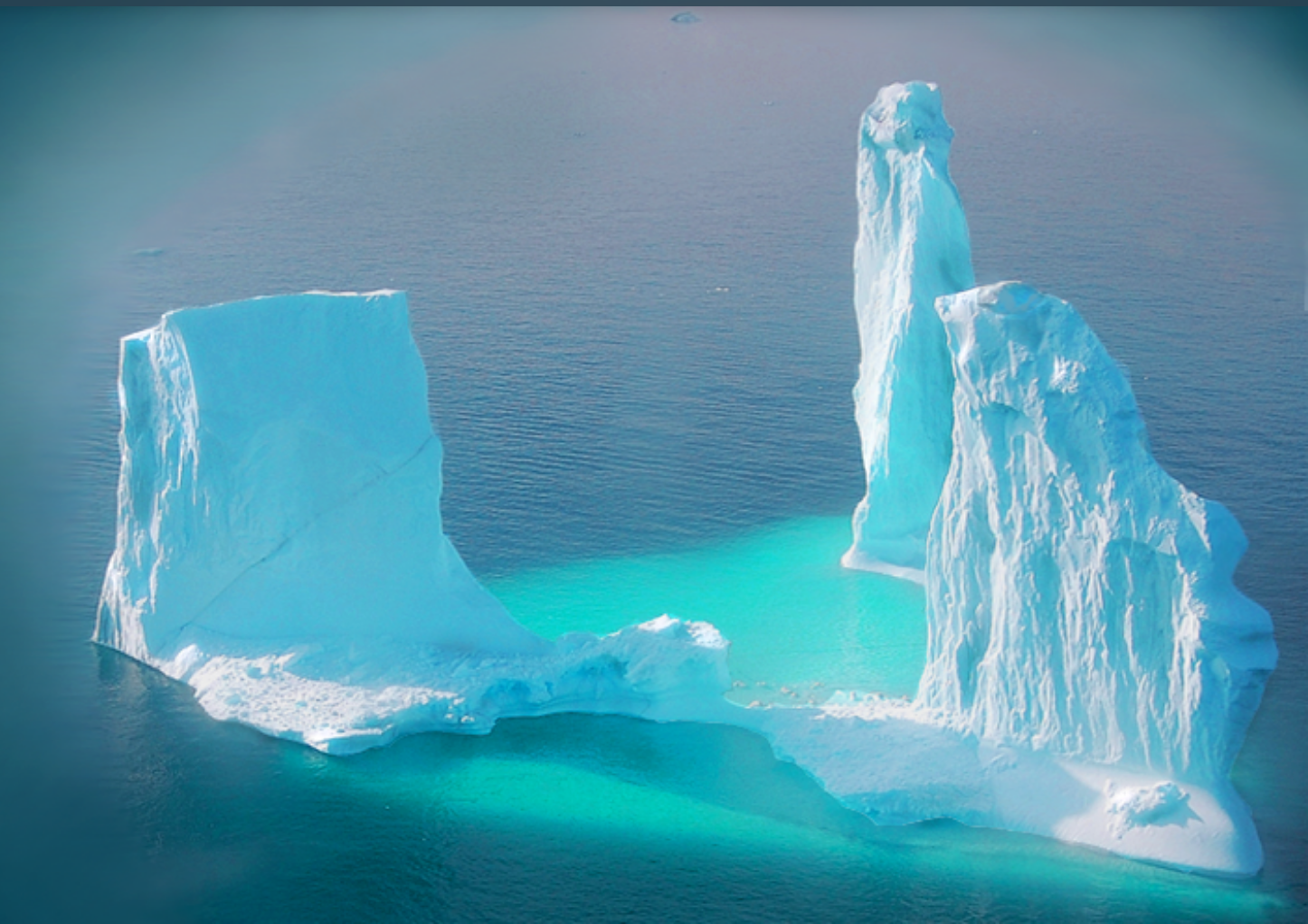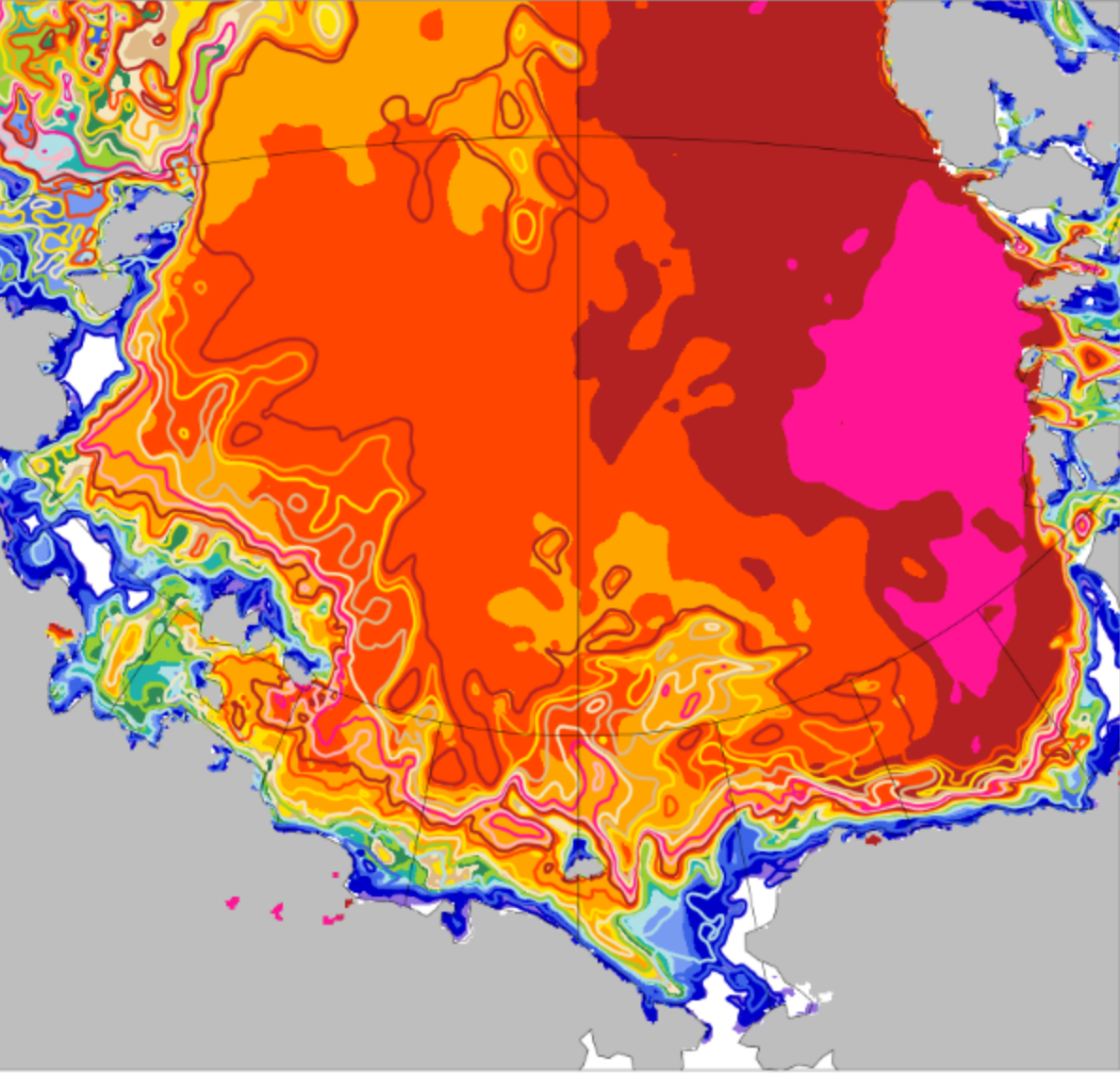
US AON supports gaps evaluation for strategic planning to improve observational systems. Applying US AON's Benefit Tool, groups of subject matter experts go through a structured process to identify specific strengths and gaps in the observing system and its contributions to society and scientific discovery.
The experts focus on thematically-driven, mission-critical efforts linked to key products (e.g., Arctic Report Card) or services (e.g., daily sea ice forecasts). US AON brings together one or more federal agencies, relevant partners, and network users to identify issues and solutions.
By tracing where observing systems are contributing to societal needs, as well as where there are needs that are not being met, the US AON helps establish an understanding of the current state of Arctic observations.
US AON is working to improve Benefit Assessment methods so they better meet the needs of a range of users. In particular, US AON established a methodology expert committee to provide input on Benefit Assessment methods, technical implementation, and communication tools. This work is responsive to the issues raised in this short statement to the 2022 Arctic Observing Summit on assessment methods and frameworks.

Arctic Report Card
Click to learn more
Under its Task Team model, US AON partnered with the Arctic Report Card (ARC) for a special submission to the 15th anniversary edition of the ARC. Applying the Benefit Tool, US AON established a team of lead authors to rate the performance of the Arctic observing network over the past 15 years.
The analysis focused on the seven Vital Signs that have been the centerpiece of the ARC’s annual publication, for example showing that the overall performance score rose from 61 in 2007 to a score of 81, or from “Poor” to “Good”. Important gaps in the observing system, for example, sea conditions in the coastal zone, were also identified. In addition, US AON and the Arctic Data Center (ADC) launched a data portal for the products that form the basis of the ARC. This effort is focused on increasing transparency in scientific assessment.

Daily Sea Ice Forecast
Click to learn more
In 2017, US AON worked across National Oceanic and Atmospheric Administration (NOAA) line offices (for example, the National Weather Service and National Environmental Satellite, Data, and Information Service) to map observational inputs to the agency’s daily sea ice forecasts. This was an early pilot of US AON's Benefit Tool. While the findings were not published, the process yielded immediate improvements in NOAA collaborations and gave US AON a use case to improve the methodology and process. For more information about this effort or for the unpublished results, please contact our team.
River Watch
Click to learn more
Ice jam flooding is one of the most significant hazards that Alaskan communities face each year. During the spring ‘breakup’ season, Alaskan rivers transition from thick ice to open water with ice jams and damaging flooding possible. Early warning systems protect life and property and can reduce costly clean-up efforts after a flood. River Watch is a partnership between the State of Alaska and the National Oceanic and Atmospheric Administration’s National Weather Service (NWS) Alaska Region. The team integrates snowpack, weather, and stream observations into a comprehensive, engaging, and timely understanding of springtime river conditions. The goal is to enhance community flood preparedness and provide advanced warning for flooding should an ice jam form. In addition to drawing upon a suite of satellite and in situ observations, River Watch engages with Indigenous experts within communities to link their Indigenous Knowledge of conditions with other tools, including River Watch reconnaissance flights.
The US AON-River Watch case study highlights the complex observing system required for forecasting river ice breakup - showing gaps and strengths throughout the system. Read the technical brief here: Arctic Observations Storylines: River Watch (2024)